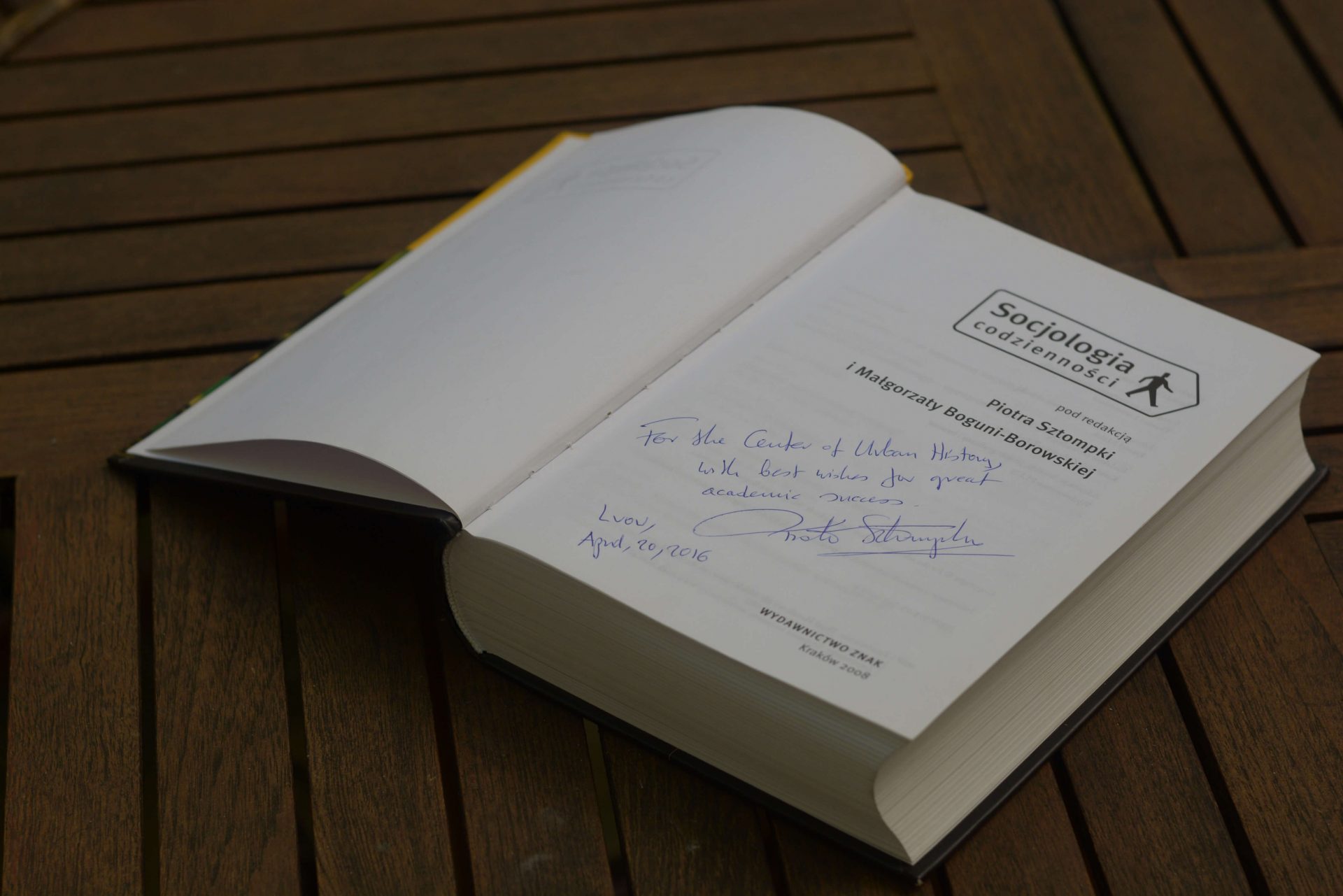History of Everyday Life
01.05.2016
On April 19-20, the world-famous researcher, head of the International Sociological Association in 2002-2006, and Jagiellonian University professor Piotr Sztompka visited Lviv. During the open lecture he presented an excerpt from the book "Social Capital. The theory of interpersonal space" ("Kapitał społeczny. Teoria przestrzeni międzyludzkiej"), which will be published by the Znak publishers of Krakow in May of this year. Until then, you can familiarize yourself with another book in our library which he edited in 2008 called "Sociology of Everyday Life" ("Socjologia codzienności").
The book includes a number of topics related to the life of each person: emotions, body and health, home and intimacy, the street and consumption, agora and communication, work and career and more. The texts try to find answers to question such as what is the love and affection, what role do humor and laughter play in social life, what is political scandal, what changes have our attitudes towards our bodies undergone, and how to respond to a slew of risks and successes.
Authors include: John Urry, theorist on tourism and social mobility, Michael Billig researcher of nationalism, and Lynn Jameson author of books on changes in the structure of the family and identity.
Piotr Sztompka sets the theoretical framework for the book. He points to the existence of "three sociologists", each with their own perspective. The first focuses on society as ultra reality with its own unique nature; the second shifts the emphasis on man and his activities, motivations, and values; and finally, the third combines society and individual identity through the concept of a network, because the social is something that exists between people, a medium of interpersonal relationships. In order to explain everyday life, he advises the use of concepts from phenomenology, ethnomethodology and dramatic sociology. Through individual elements of the mosaic everyday Piotr Sztompka offers broader look at what is society and the people in it.
Credits
Сover Image: Center for Urban History
